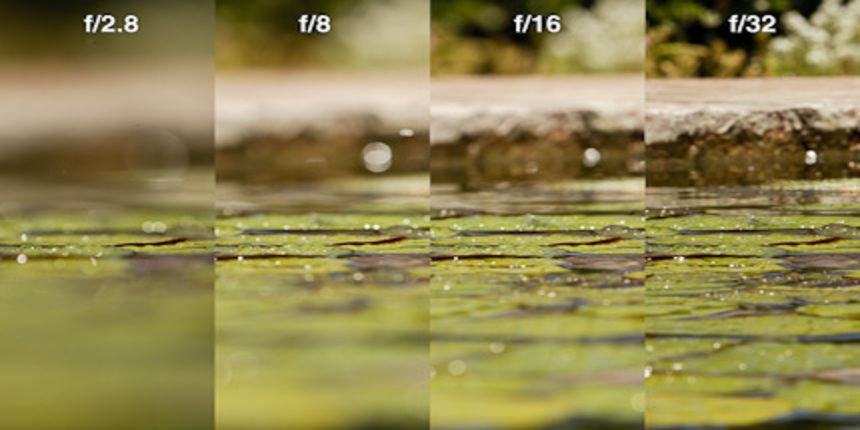
Apr 15, 2018 Written by Lubna Tafzeel Aperture

IMPORTANCE OF APERTURE
One of the most important effect is the brightness, or exposure, of your images. As aperture changes in size, it alters the overall amount of light that reaches your camera sensor – and therefore the brightness of your image. A large aperture the brighter a photograph. A small aperture does just the opposite, making a photo darker.
8. Effects of Aperture: Depth of Field
Depth of field is the amount of your photograph that appears sharp from front to back. Some images have a “thin” or “shallow” depth of field some have a “large” depth of field, where both the foreground and background are sharp e.g., f/2.8 will result in a large amount of background blur while apertures like f/8, f/11, or f/16 will have sharp details in both the foreground and background
9. Aperture is measured in the f-stop scale. The number denotes how wide the aperture is.The scale is as follows: f/1.4, f/2, f/2.8, f/4, f/5.6, f/8, f/11, f/16, f/22.The most important thing to know about these numbers is that, from each number to the next, the aperture decreases to half its size, allowing 50% less light through the lens.
10. f/1.4: This is great for shooting in low light, but be careful of the shallow Depth of field. Best used on shallow subjects or for a soft focus effect. f/22: Best for landscapes where noticeable detail in the foreground is required.